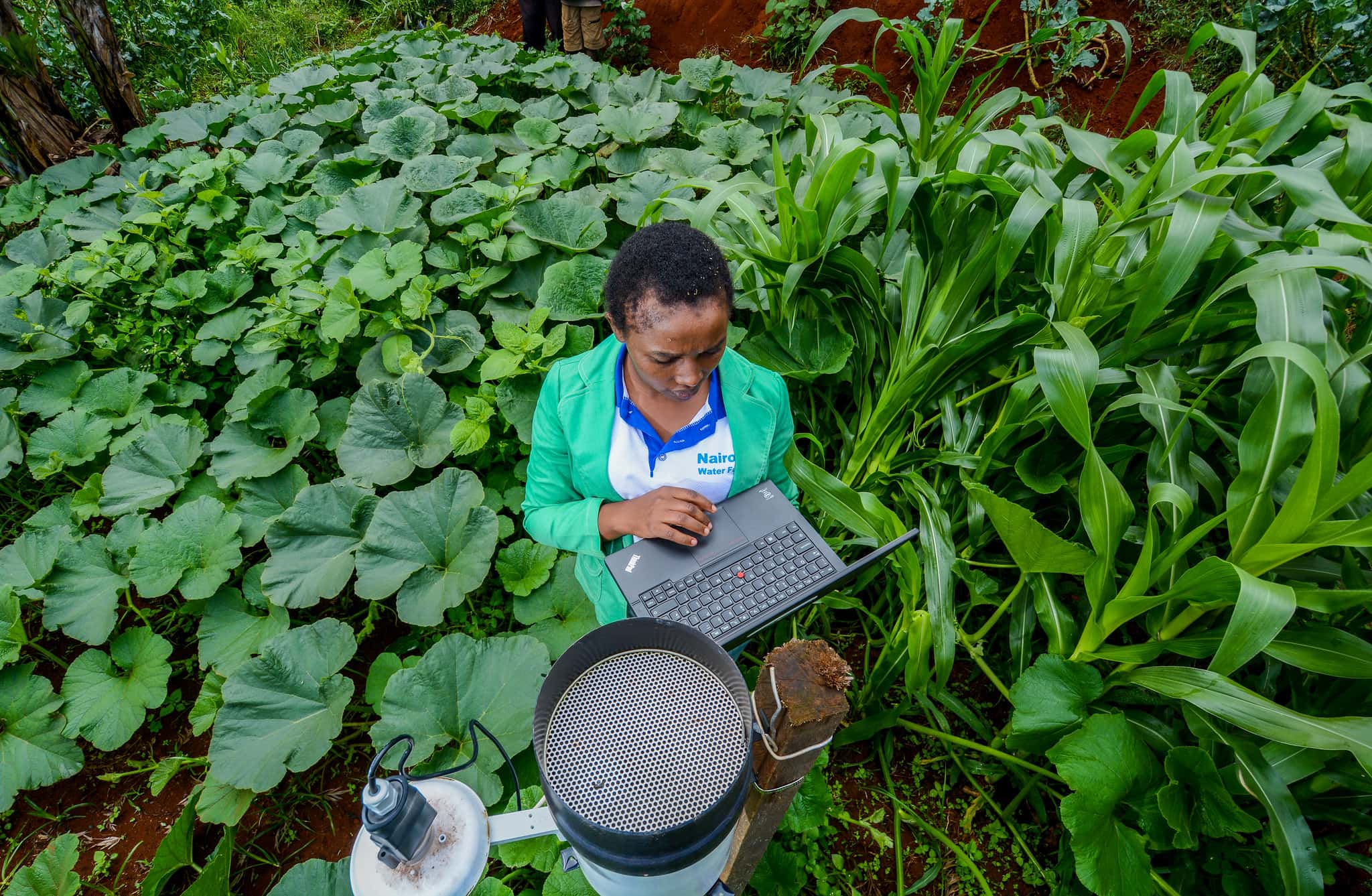
Written by Alexandra Krendelsberger and Nam Nguyen. Image credit: CGIAR
CGIAR FOCUS Climate Security explores the role of climate and food systems for lasting peace. We do this through multidisciplinary research and by building strong networks with partners who want to contribute directly or indirectly to climate security and peacebuilding. Find out more and read all our latest stories. This blog post is one part of the 6-outputs from the CGIAR Climate Security Webinar Series. You can view the full webinar discussion here. The webinar is also available in podcast format from the UN Global Dispatches Podcast website.
In our second Webinar of the 6-part series on Climate Security, we were joined by:
- Andy Jarvis, Associate Director-General, Research Strategy and Innovation, Alliance of Bioversity International and International Center for Tropical Agriculture, CGIAR.
- Enrica Pocari, Chief Information Officer & Director of Technology, United Nations World Food Programme
- Maarten van Aalst, Director, Red Cross Red Crescent Climate Centre
- Elisabeth Gilmore, Associate Professor, Clark University; Senior Associate Researcher, the Peace Research Institute Oslo; and Visiting Scientist at the Center for Intergrated Mountain Development
Contribution of data and technologies to address climate security
In recent years, the discourse on the interplay between climate and socio-political security has sparked interest among a wide range of disciplines, across academia and field practitioners. While there is a general agreement that environmental factors act as one of the drivers that exacerbate conflict, the applicable knowledge on addressing this potent interaction still remains limited. Observations from humanitarian actors demonstrate that the workload has been increasing over the years due to the changing climate, as climate-related risks exacerbate socio-economic issues, and conflict undermines people’s resilience and food security.

However, recent advancements in data collection and novel technologies can help to explore this relationship between climate and conflict to better contribute to peace-building activities. More importantly, these advancements can potentially help policymakers to prevent conflicts in the future. In today’s world, the ‘sea’ of data is constantly expanded through advances in AI, real-time satellite imaginary and drones. Climate modeling and forecasting capacities have enabled accurate prediction of short-term weather patterns and create seasonal forecasts. Socio-economic and social media data has become increasingly available, allowing for analysis using both traditional and novel methods, such as machine learning. By arranging this wide array of data sources into relevant packages and user-oriented outputs, they can become powerful informants for decision-making processes among security planners, humanitarian and development organizations.

Despite having the technological capacity in place, it is worth noting that institutional capacity needs to be strengthened. The most crucial obstacles to surmount are the barriers to data access, the correct use and ethical protections of these data and technologies and effective communication throughout the whole information chain to deliver knowledge to the ‘last mile’ beneficiaries.

Therefore, it is vital that the security, development and humanitarian communities strive for the creation of platforms for collaboration and partnerships, as only a multi-disciplinary approach can provide solutions within this complexity.

CGIAR Contributions
The CGIAR has long experience in bringing stakeholders from different backgrounds together to find common solutions. Addressing agricultural challenges and food insecurity helps to ensure a basis for sustainable livelihoods, a key for peaceful societies. Consequently, the CGIAR lies in a strategic position to mediate and create a platform for exchange and facilitate the incorporation of the climate dimensions in conflict prevention, reconstruction, and peacebuilding activities.
If you are in a hurry, watch our quick 2-minute summary video of the discussion:




